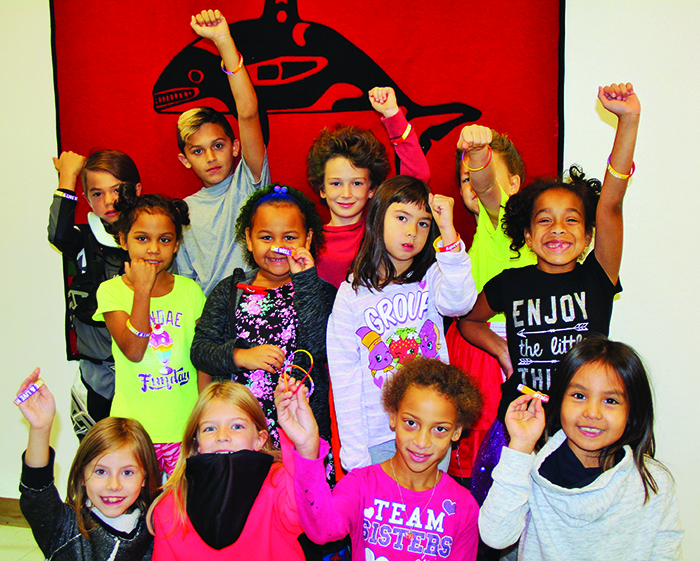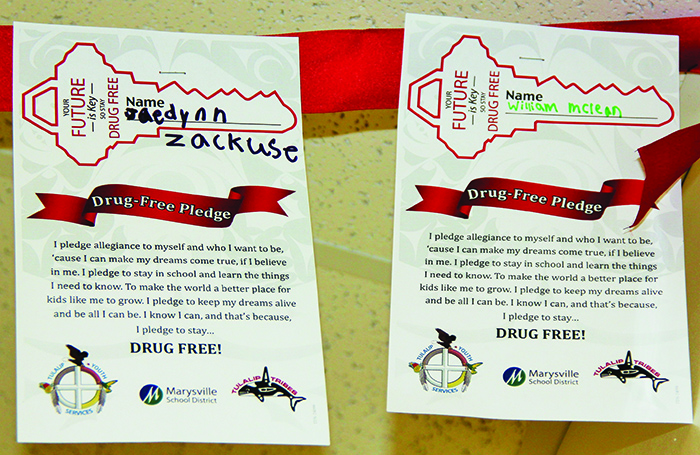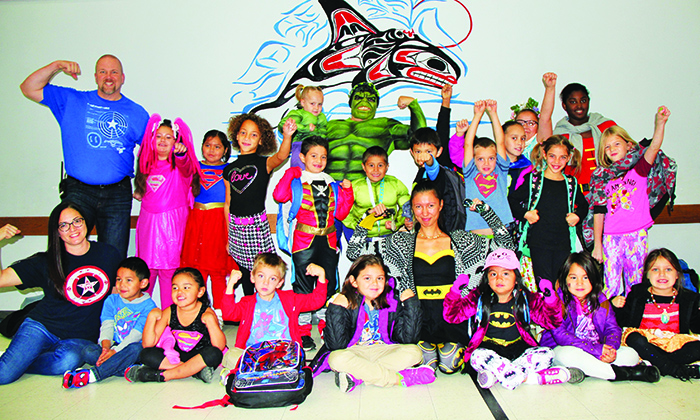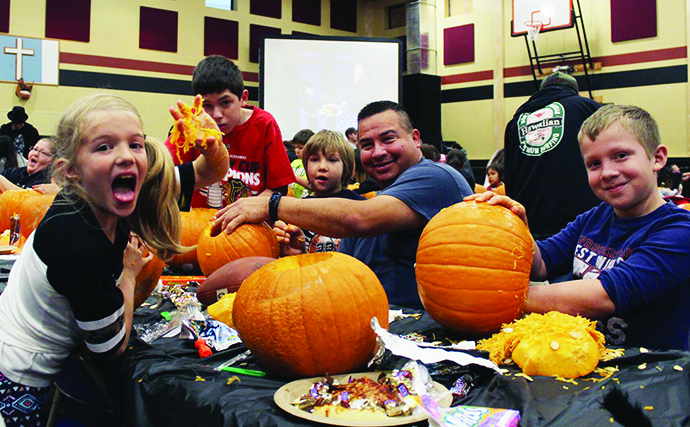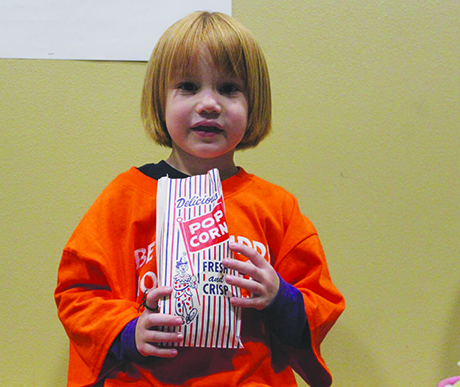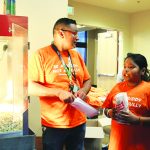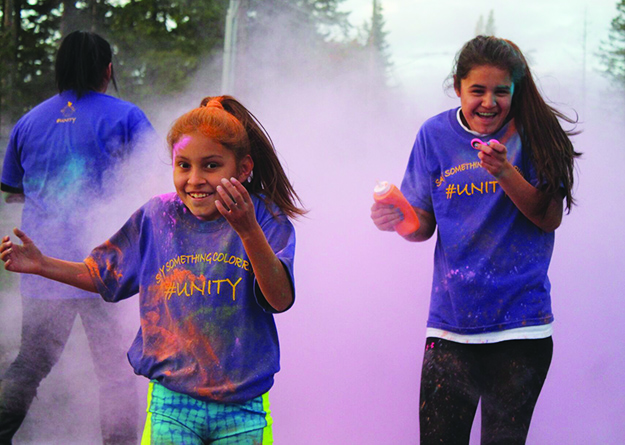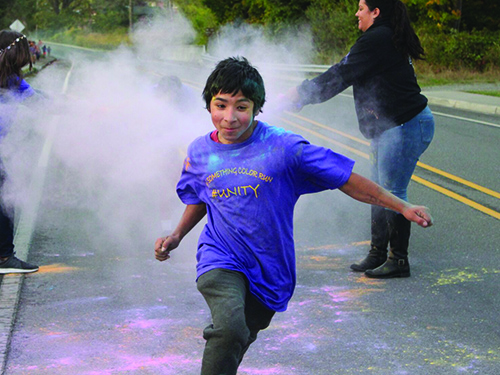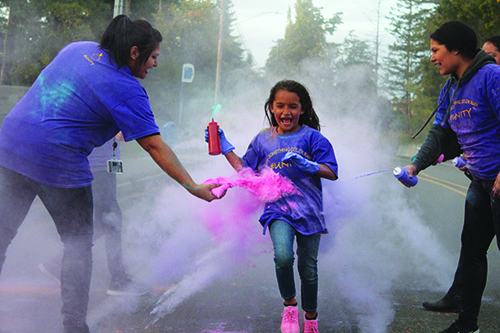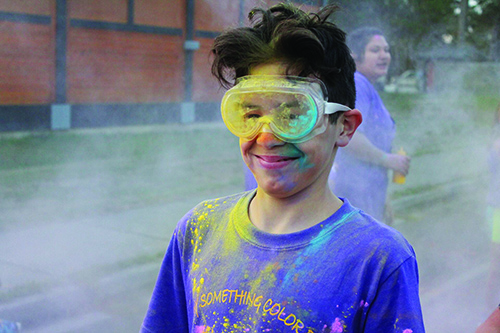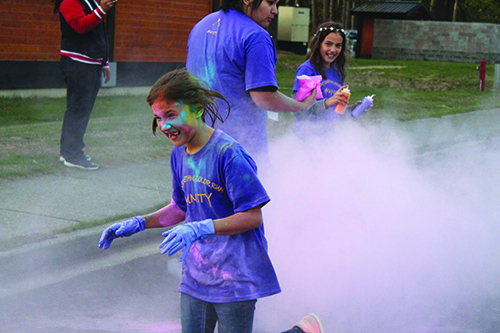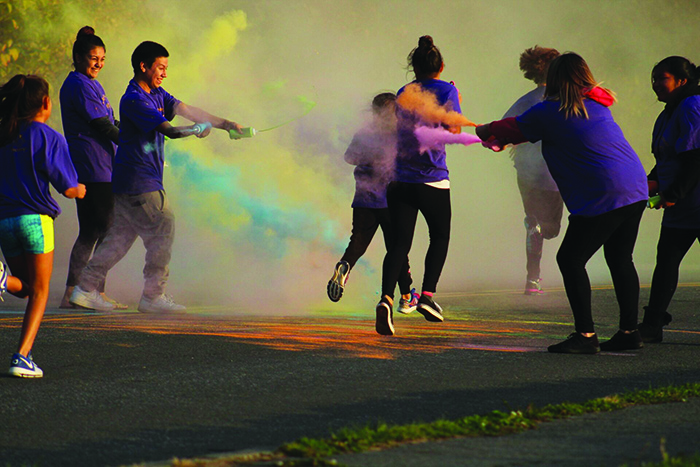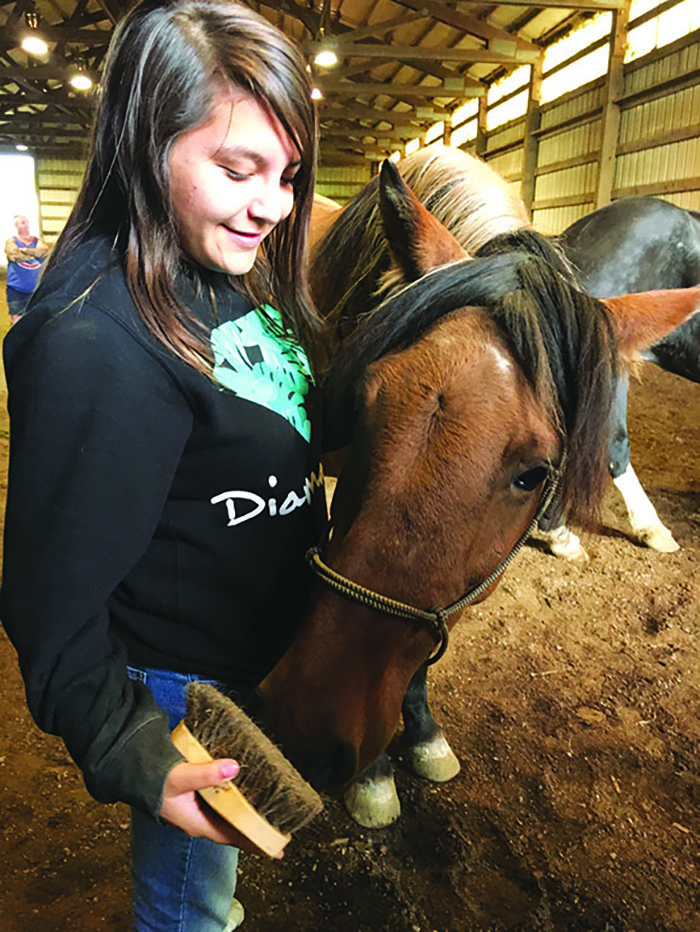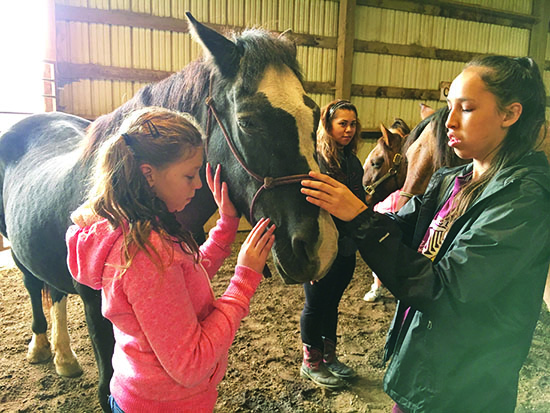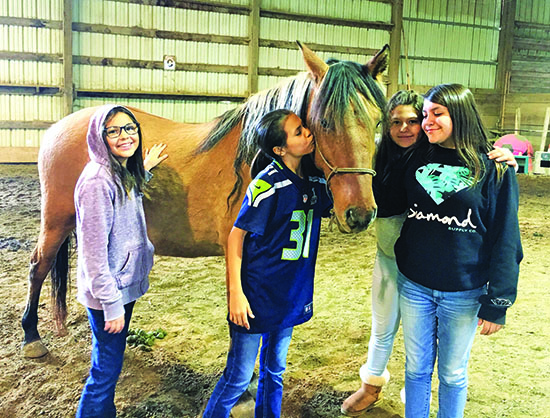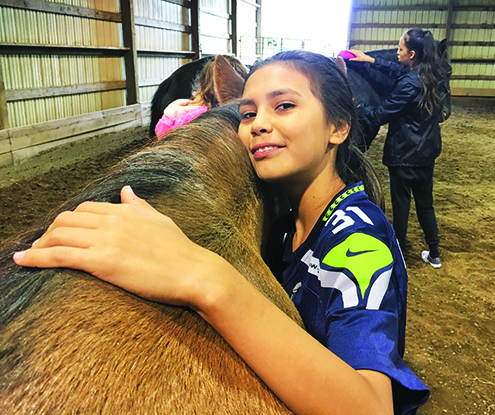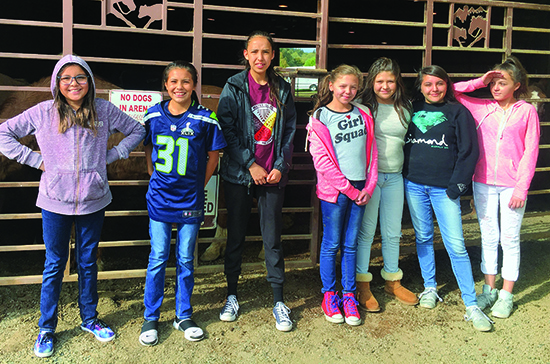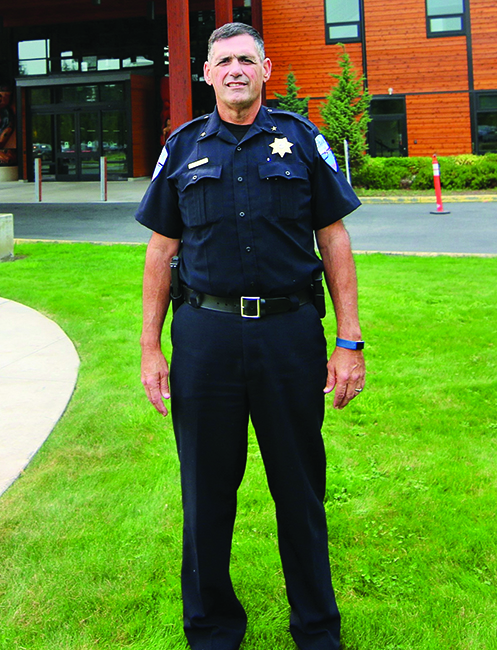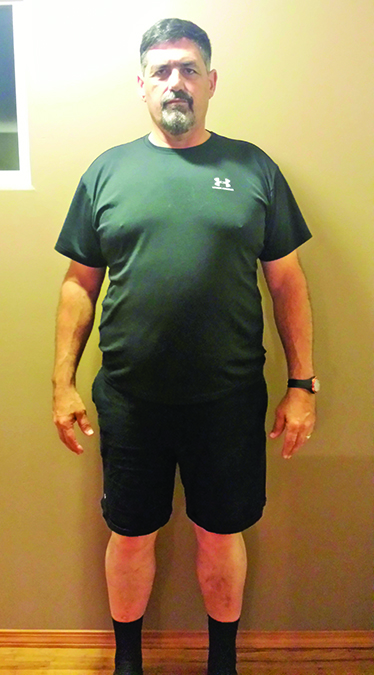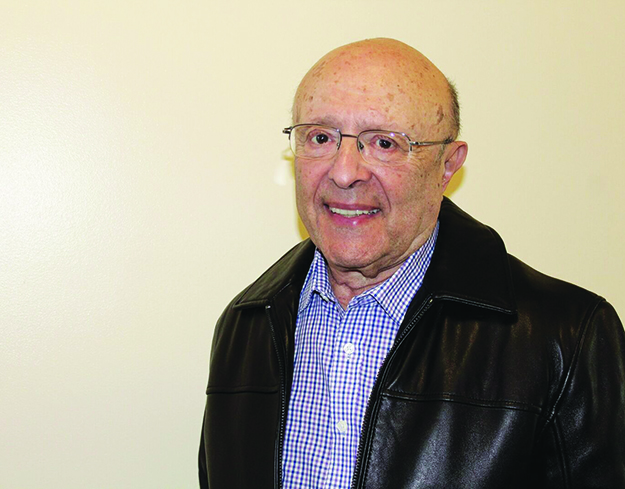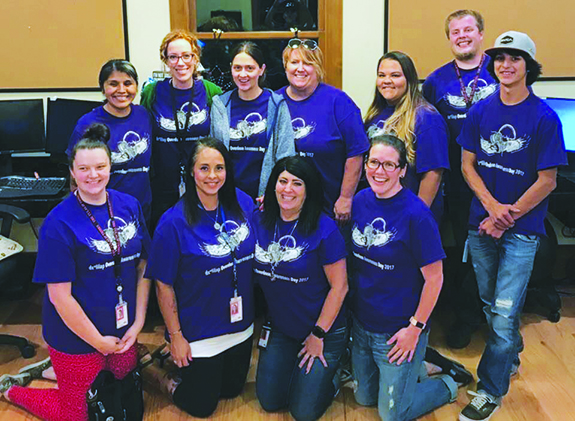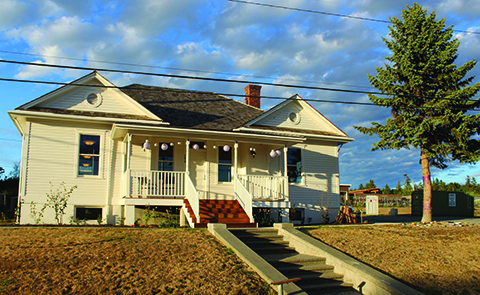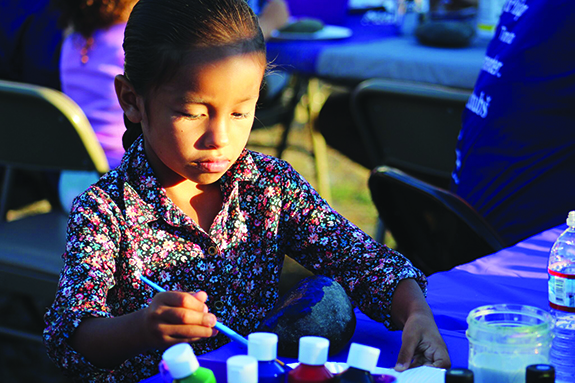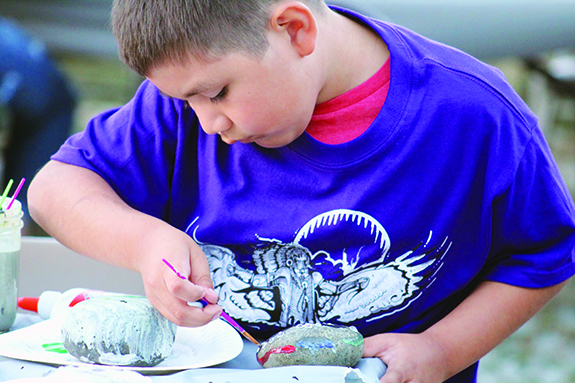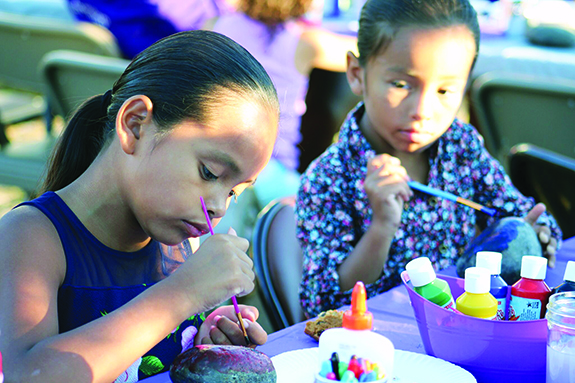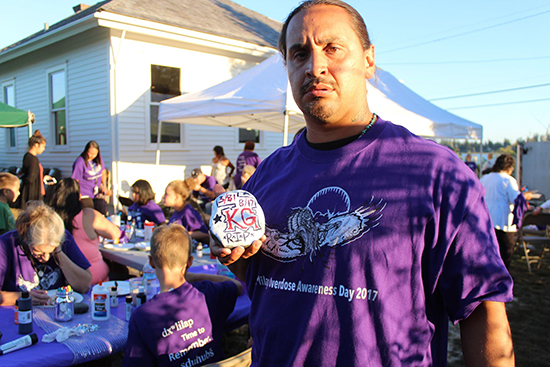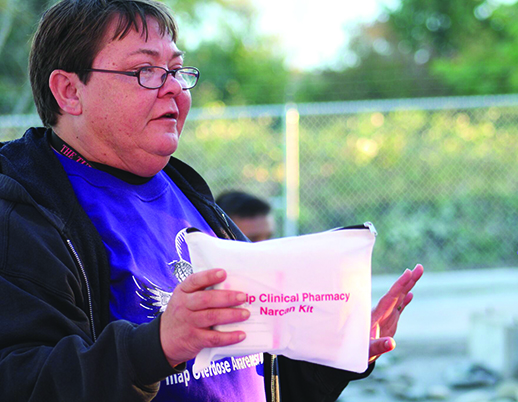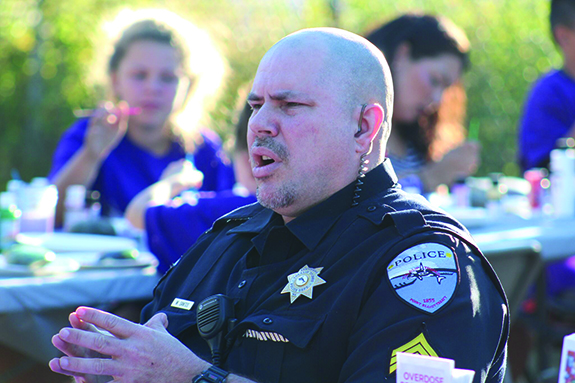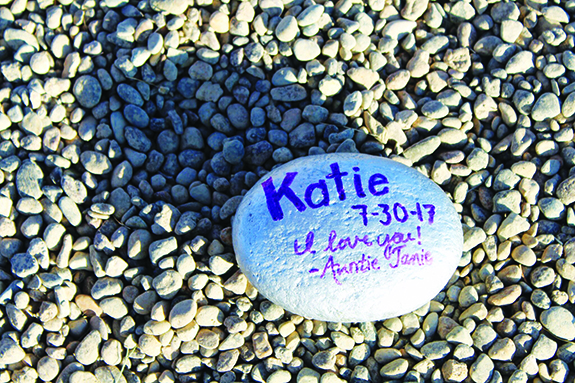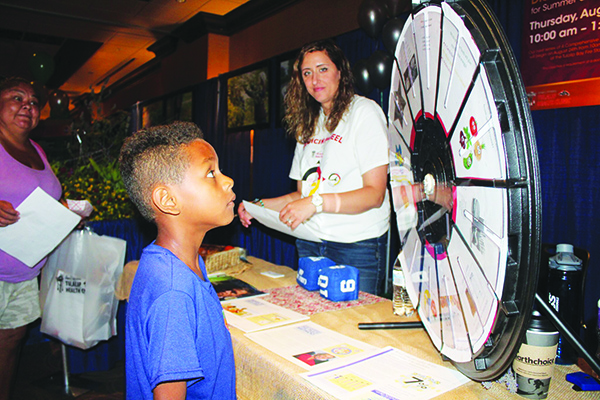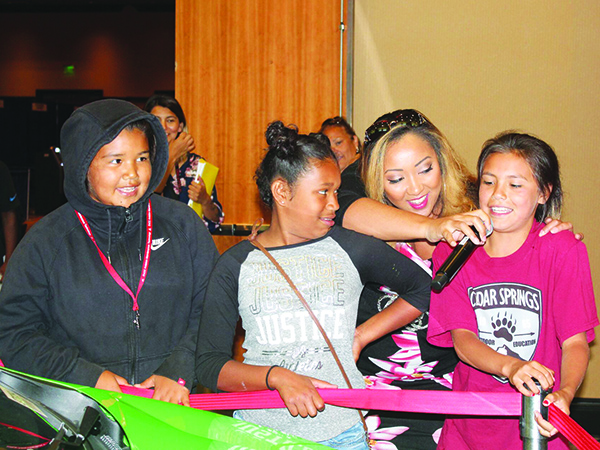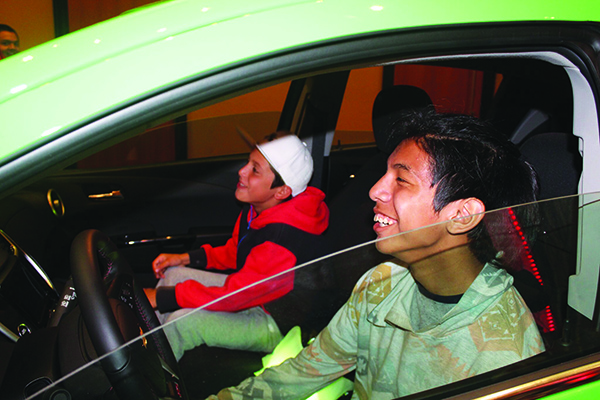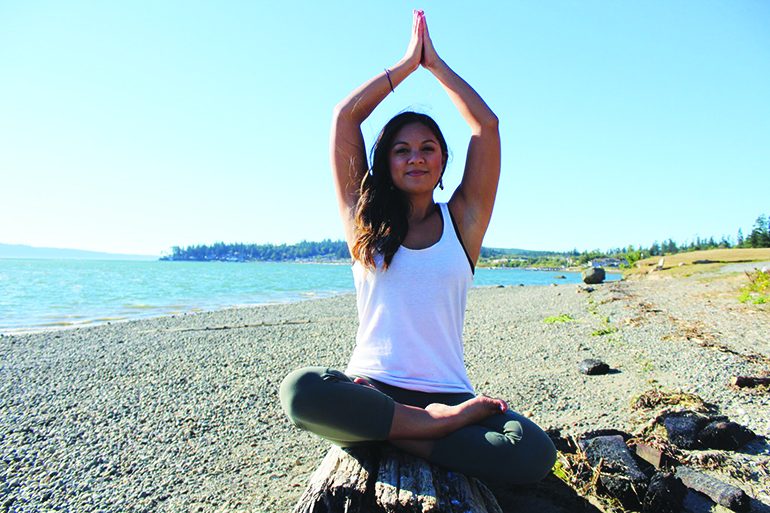
By Kalvin Valdillez, Tulalip News
The world today is busy. As a society, many people nationwide tend to prioritize exercise and health last on their daily to-do list. The demands of the workweek leave many feeling stressed, depressed and exhausted. More times than not, good intentions often get pushed aside for convenience. Diseases such as diabetes and high blood pressure are rampant in tribal communities across the nation. Because of the everyday hustle and bustle, people unintentionally neglect to set aside time for themselves, therefore living the majority of their life in a rush causing a disconnect between their mind, body and soul.
Countless studies have shown that individuals are more happy, healthy and heedful when incorporating yoga into their everyday lives. Tulalip community member and Lummi tribal member Seilavena Williams recently began instructing yoga classes at Marysville Spark Hot Yoga. Through her practice, Seilavena experienced the many benefits yoga has to offer and immediately wanted to share her newfound passion with her community. She became a certified Yoga Instructor and started teaching at Spark, guiding yogis through sixty to ninety-minute stretching sessions. Due to the exciting news of her new classes, Seilavena recently sat down with Tulalip News to discuss her personal yoga journey, the many benefits of yoga as well as her Spark Hot Yoga Classes.
Can you begin by talking about your personal journey with yoga – when and how did you become interested in the practice?
2015 is when I started my journey. At first, I tried yoga thinking it was a good work out and just a way to get toned, which it is, but over the years on my journey I learned it is so much more than that. I kind of fell out of the practice in 2016, it was a year that I came across some hard struggles in my life and faced many challenges. I reached a point in my life that I needed to find healthy tools and a new path. Yoga became one of them. I remembered how good I would feel after taking yoga and decided to get back into it with the intention to really dive into the practice. Over time I learned it helps quite my mind, it helps me heal, helps me let go of the things that no longer serve me. It pushed me to work towards the best version of myself not only mentally but physically. It also taught me that self-care is so important to balance out mind, body and spirit. Yoga is the tool for me that inspired me to turn inwards to evolve – meaning always growing, always learning – and definitely has helped me stay healthy. Yoga is a never-ending journey I am always trying to improve my practice and to be open-minded about learning from others.
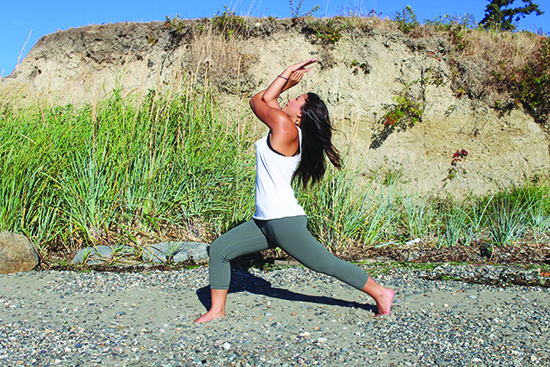
What inspired you to become an instructor?
Feeling the benefits and the transformation yoga helped me with, I could not keep it to myself! I wanted to share this! I want everyone to find that path of enlightenment within his or her space and his or her own journey. So if I can help in any way, by holding space and/or by guiding individuals, I wanted to learn how to do that through yoga.
How important is meditation and stretching?
Meditation should be a law! Take five minutes, minimum, a day because It is so beneficial and important. My favorite part is learning to bring your attention to your breath, something we do naturally so you don’t ever really think about it or pay attention to it, but during meditation you take time to control and slowly breathe, which helps tremendously in brining things to a calm state and it also helps with clearing your mind, developing mindfulness and finding your balance to recollect and reenergize. It can be a challenge to meditate but I think yoga helps. Yoga is like a guided meditation. With each pose, you are focused on that specific pose and taking it to the level you need and concentrating on your breath. Everyone’s style is different that is the beauty, so you get to take it as far or as little as you need it.
Stretching in yoga goes hand and hand with breath and meditation. It draws your attention to your body and deeper into your muscles with concentration on your breath so you do not overdo it. It helps your flexibility and to strengthen your muscles. It helps with alignment and balance.
How can tribal members benefit from yoga?
Yoga is a journey of self-exploration and self-worth because you discover a lot of things about yourself. I think that finding a way back to grounding and balancing yourself is definitely an important thing to do. As Native Americans, we can relate as far as Mother Earth and nature; and recollecting and re-grounding with it, is also a way to rebalance and come together.
What are some of the health benefits of yoga?
I believe the health benefits are endless but to name a few: it helps with joints, certain poses like eagle pose can squeeze fluids in, giving fresh nutrients to your joints. Other poses can help elevate your heart rate, increase your endurance and help with blood flow which gives you fresh oxygen to your cells. Yoga helps with any back pain and improves posture and helps protect your spine. Nevertheless, most importantly it helps with reducing stress, anxiety and brings self-awareness and increased energy.
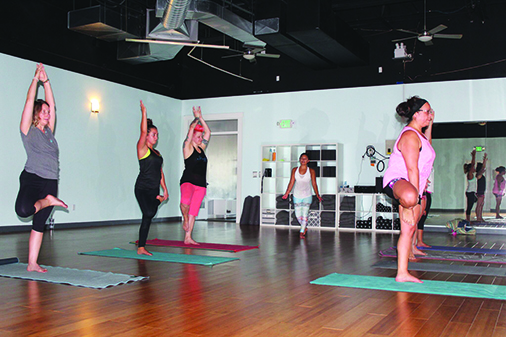
What style do you teach? What are the other styles?
I mainly teach Hatha, I am certified to teach the other styles as well, such as Yin and Power. Hatha is what I teach right now at Spark Hot Yoga. Hatha is a good class to start with. It consists of twenty-six poses, it can be a sixty-minute or a ninety-minute class and it’s broken down into two categories, a standing series and a floor series, with a warm up and cool down. The focus is compression and extension, movement with breath.
What is your all-time favorite pose?
Dhanurasana-Dancer pose! It’s a love-hate relationship with the pose. It’s a tough one for me, you really have to balance and concentrate but it challenges me every time and I get to push myself somewhere new every time. That feeling of knowing I pushed myself out of my comfort zone is so rewarding, I feel it carries on to other things in my life, so in a way that pose influences me.
Any advice for yogis just getting started?
Yoga is a journey, your own personal journey. It is a practice and you’re always learning something new. No matter how many years someone’s been practicing there is still always something new to learn. I still learn new things all the time from other yogis or instructors. Always be hydrated, drink lots of water, eat a well-balanced diet, go in with no expectations and always have fun!
What happens during a typical Seilavena Williams Spark Hot Yoga class?
I try to make sure that I have good music that fits the mood – to be fun, energizing but also grounding and calming. Through my training, we were taught to teach all levels at all times that way no matter where you are in your practice you get the full benefits. In my warm-ups I try to bring a different pose, so students can learn something new outside of the twenty-six poses in Hatha and with variations as well. Overall, I want you to have fun, challenge yourself and to find one moment where you are able to balance and reconnect with yourself.
What is the most rewarding part about being a yoga instructor?
I definitely think it is knowing I get to hold space for people to take their journey with yoga. To take that sixty minutes to guide them into a moment of peace and inspiration. And mainly that I get to help others, it really makes me happy and it feels good to extend that out to people.
Starting September 5, Seilavena’s classes will be held on Tuesdays and Thursdays at 7:30 p.m. as well as on Sundays at 10:00 a.m. and 6:00 p.m. For further details, please contact Seilavena Williams or Marysville Spark Hot Yoga at (360) 386-9271.

